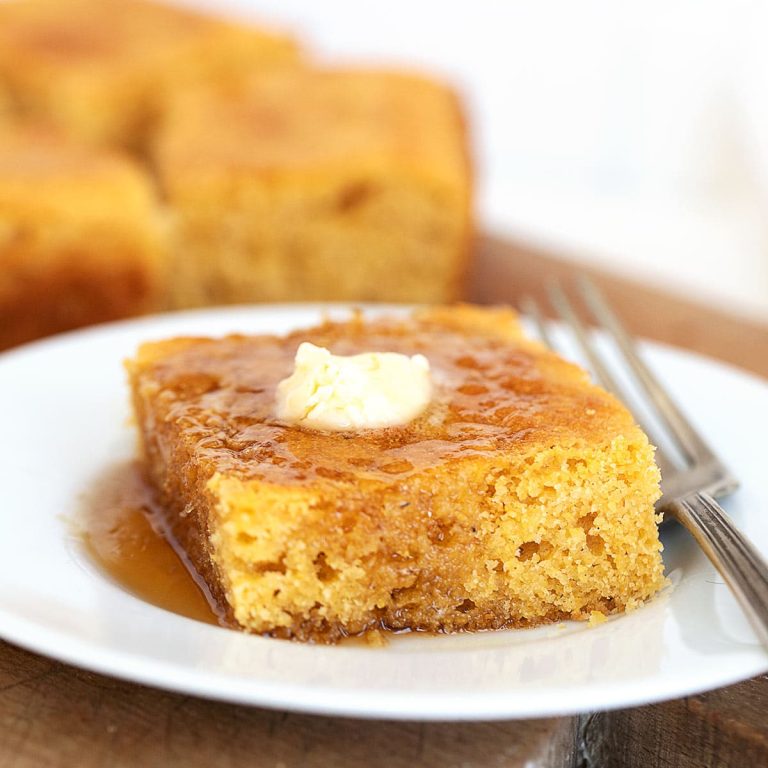Welsh Rarebit: History, Recipe, and Serving Tips
Welsh Rarebit dates back to the 18th century. It’s derived from “Welsh rabbit,” a term that confused many non-Welsh speakers since it contains no rabbit. Recipes from 1725 mention toasted cheese, linking it to Britain. Early versions included toasted bread covered in a savory sauce made from melted cheese, mustard, and often ale or beer.
Over time, the dish evolved. In Victorian-era cookbooks, variations such as adding cayenne pepper or Worcestershire sauce appeared. By the 19th century, Welsh Rarebit had become popular in British pubs. Its simplicity and hearty flavor contributed to its rise as a favorite comfort food.
Cultural Significance
Welsh Rarebit holds cultural importance in Wales. The dish represents more than just sustenance; it’s a symbol of Welsh ingenuity and hospitality. Cheese production, especially with the creamy varieties used in Rarebit, has long been a staple in Welsh culinary culture.
In celebrations and folklore, Welsh Rarebit often appears. The dish is a common feature at festivals and communal gatherings, acting as a unifier for people. Furthermore, in literature and art, Welsh Rarebit is sometimes referenced, reinforcing its place in the cultural tapestry of Wales.
Key Ingredients of Traditional Welsh Rarebit
Cheese Varieties
Cheese takes center stage in Welsh Rarebit. Historically, Welsh Rarebit uses strong, aged cheeses like Cheddar. You might also find recipes incorporating Caerphilly, a crumbly white cheese native to Wales. The cheese’s robust flavor sets the foundation for the dish, ensuring that each bite is richly savory.
Additional Flavors and Spices
Additional flavors enhance the basic cheese mixture. Common inclusions are mustard, Worcestershire sauce, and ale, which add depth and complexity. Cayenne pepper often features to provide a subtle heat. Some variations may use paprika for a smoky note or a splash of cream to achieve a smoother texture. These elements complement the cheese, elevating the dish’s overall flavor profile.
Step-by-Step Cooking Guide
Preparing the Rarebit Sauce
Start by gathering all your ingredients. You’ll need: 1 cup shredded Cheddar or Caerphilly cheese, 2 tablespoons butter, 3 tablespoons flour, 1 teaspoon mustard powder, 1 teaspoon Worcestershire sauce, 1/2 teaspoon cayenne pepper (optional), and 1/2 cup ale. These ingredients create a robust, flavorful sauce.
Melt butter in a medium saucepan over medium heat. Once melted, add flour, stirring until smooth to form a roux. Cook for 1-2 minutes to eliminate the raw flour taste. Gradually whisk in the ale, ensuring a smooth mixture.
Add shredded cheese gradually, stirring constantly until fully melted. Stir in mustard powder, Worcestershire sauce, and cayenne pepper if desired. Continue cooking until the sauce is thick and smooth.
Broiling Techniques for Perfect Texture
Preheat your broiler to high. While it heats up, toast your bread slices until golden brown. Use traditional Welsh bread if available or opt for any sturdy bread like sourdough.
Place toasted bread on a baking sheet. Pour the prepared rarebit sauce generously over each slice. Ensure the sauce covers the entire surface for uniform texture.
Place the baking sheet under the broiler, about 4 inches from the heat source. Broil for 2-3 minutes, watching closely to prevent burning. The sauce should bubble and develop a golden-brown crust.
Remove from the oven and serve immediately. The result should be a perfectly toasted, cheesy dish with a rich, creamy sauce and a crisp top layer.
Serving and Pairing Suggestions
Traditional Accompaniments
Bread and cheese form the core components of Welsh Rarebit, but traditional accompaniments can elevate the dish. Serve with a side of pickled vegetables, such as pickled onions or gherkins, to add a tangy contrast. Pair with fresh salad greens like watercress or arugula to bring a refreshing element. For drinks, ale or stout complements the dish’s rich flavor profile.
Modern Twists on Pairing
Modern interpretations take Welsh Rarebit beyond its classic roots. For a gourmet touch, serve alongside artisanal cured meats and fresh fruit compotes, like apple or fig. Enhance the presentation with a drizzle of truffle oil or a sprinkling of smoked paprika. For beverages, consider pairing with craft beers or a crisp white wine, such as a Sauvignon Blanc, to balance the richness of the cheese sauce.
Conclusion
Welsh Rarebit is more than just a dish; it’s a celebration of Welsh culture and culinary expertise. Whether you stick to the traditional recipe or experiment with modern twists, this savory treat offers a delightful experience for your taste buds. Perfect for cozy evenings or festive gatherings, Welsh Rarebit brings warmth and richness to any table. So why not give it a try? You might just discover your new favorite comfort food.





